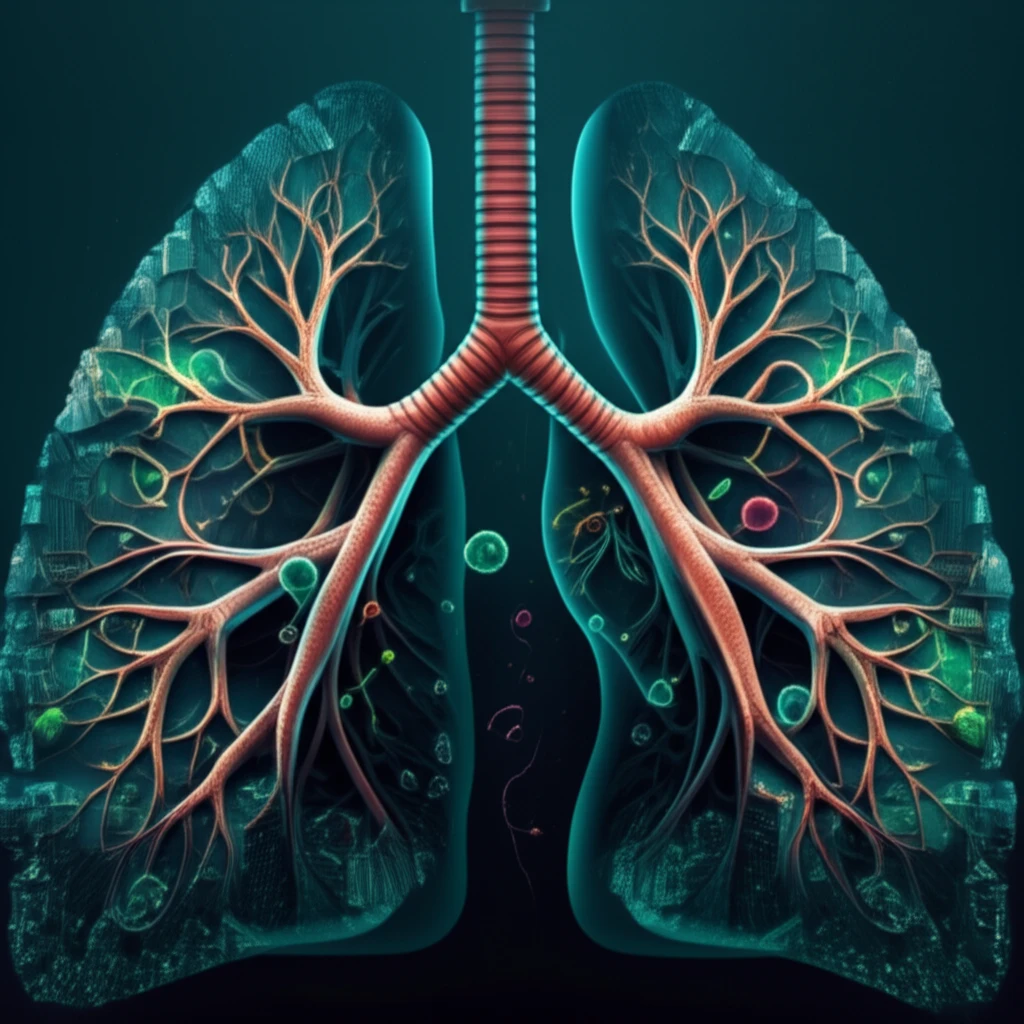
Community-Acquired Pneumonia: What You Need to Know About This Serious Infection
"Learn about the increasing threat of community-acquired pneumonia, its causes, symptoms, and how to protect yourself and your loved ones."
Pneumonia is an infection that inflames the air sacs in one or both lungs. The air sacs may fill with fluid or pus, causing cough with phlegm or pus, fever, chills, and difficulty breathing. A variety of organisms, including bacteria, viruses and fungi, can cause pneumonia. Pneumonia can range in seriousness from mild to life-threatening.
Community-acquired pneumonia (CAP) is a type of pneumonia that develops in people who haven't recently been in a hospital or other healthcare facility. This means the infection is contracted in the community, such as at home, work, or other public places. CAP is a significant health concern worldwide, affecting millions of people each year.
While anyone can get CAP, certain factors can increase your risk, and understanding the causes, symptoms, and treatments is crucial for protecting your health. In this article, we'll explore a case of severe CAP caused by Acinetobacter baumannii, a bacterium that's becoming increasingly resistant to antibiotics. We'll also discuss the broader implications of CAP and how you can stay informed and prepared.
Understanding the Causes and Risks of Community-Acquired Pneumonia

Community-acquired pneumonia can be caused by various bacteria, viruses, and fungi. The most common bacterial cause is Streptococcus pneumoniae. Viral causes include influenza viruses, respiratory syncytial virus (RSV), and rhinoviruses (the common cold). Fungal pneumonia is less common and typically affects people with weakened immune systems.
- Age: Young children and adults over 65 are more susceptible.
- Weakened immune system: People with conditions like HIV/AIDS, or those undergoing chemotherapy, are at higher risk.
- Chronic diseases: Conditions such as asthma, COPD, heart disease, and diabetes increase risk.
- Smoking: Damages the lungs' natural defenses against infection.
- Exposure to pollutants: Air pollution and exposure to certain chemicals can irritate the lungs and make them more vulnerable.
Staying Informed and Taking Action Against Pneumonia
Community-acquired pneumonia is a serious health concern, but by understanding the causes, symptoms, and risk factors, you can take proactive steps to protect yourself and your loved ones. Stay informed about the latest recommendations for vaccination and prevention, and don't hesitate to seek medical attention if you experience symptoms of pneumonia. Early diagnosis and treatment can significantly improve outcomes and reduce the risk of complications.
